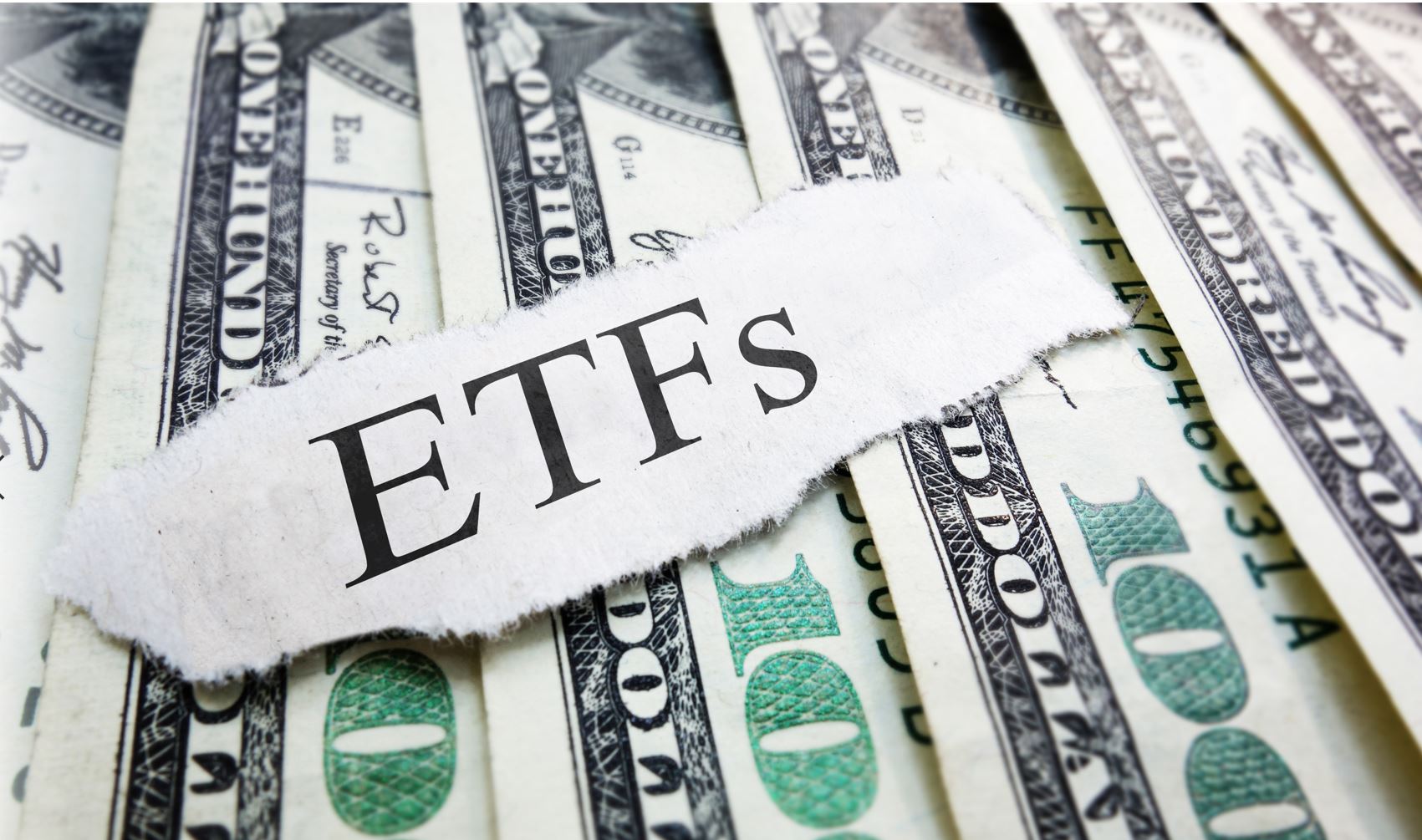The latest shot fired at ETFs has come in the form of a recent academic paper which argued index rebalances of US-listed passive equity ETFs are costing investors $3.9bn a year in performance due to frontrunning, however, the research fails to consider the tools available to ETF portfolio managers to significantly reduce these costs.
The research, titled Should Passive Investors Actively Manage Their Trades?, found index rebalances can erode returns over the long term as ETFs are forced to adjust their holdings towards the rebalance date in a bid to minimise tracking error from the underlying index.
In particular, author Sida Li of the University of Illinois said securities within ETFs, on average, rise 67 bps during the five days prior to the index rebalance date while suffering a 20 bps price reversal within 20 days following the rebalance date.
“Their large, uninformed trades pay 67 bps in execution costs, a figure that is three times higher than what is paid in similar-sized institutional trades,” the author warned. “Those ETF trades are large, abrupt, not driven by informational advantages and fully predictable.”
While the arguments are not new, the research highlights the Catch 22 issuers face when managing ETFs. Execute at the market close on the rebalance date and suffer higher transaction costs or spread out the trade and risk increasing the tracking error.
However, the ETF market has matured dramatically over the past decade to reach a stage where the industry for frontrunning index rebalances has fallen.
According to David Hsu, senior equity product specialist at Vanguard, index rebalances used to be “big game” for banks up until the Global Financial Crisis (GFC). While hedge funds have taken up the mantel to some degree, Hsu said a combination of expertise arriving from sell-side banks to ETF issuers such as Vanguard, increased regulation and improved technology has led to a decline in frontrunning.
This is not to say there are no quant strategies hunting for opportunities. One only has to look at Tesla’s entrance into the S&P 500 to see the level of trading an index rebalance can drive. Between the announcement on 16 November and Tesla’s entry, Elon Musk’s company rose over 50%, highlighting the impact traders can have on a stock price prior to an index rebalance.
However, portfolio managers have a number of tools at their disposal to optimise ETF rebalances and ultimately reduce costs. The most well documented is spreading the trades over a number of days before, during and after the rebalance date.
This enables the ETF portfolio managers to stay one step ahead of the frontrunners – the majority of which are quant-led – in a game of cat and mouse.
As Hsu said: “ETF portfolio managers have become smarter. When a trade becomes overcrowded, a passive manager can hold off buying a stock until after the rebalance date which reduces market impact and keeps costs low.”
Another underappreciated aspect is building relationships with brokers which can help execute cross trades, a process when buy and sell orders for the same asset are offset. This allows trades to be executed on the close of the rebalancing date without any market impact.
“Every ETF rebalance is unique,” Hsu added. “It is important to strategise as a team while leveraging the experience of brokers.”
ETF portfolio managers are certainly not the star fund managers that you see in the active mutual fund world, however, their role in ensuring ETFs trade as efficiently as possible during scheduled rebalances and periods of market stress is one that should not be underestimated.
Related articles



